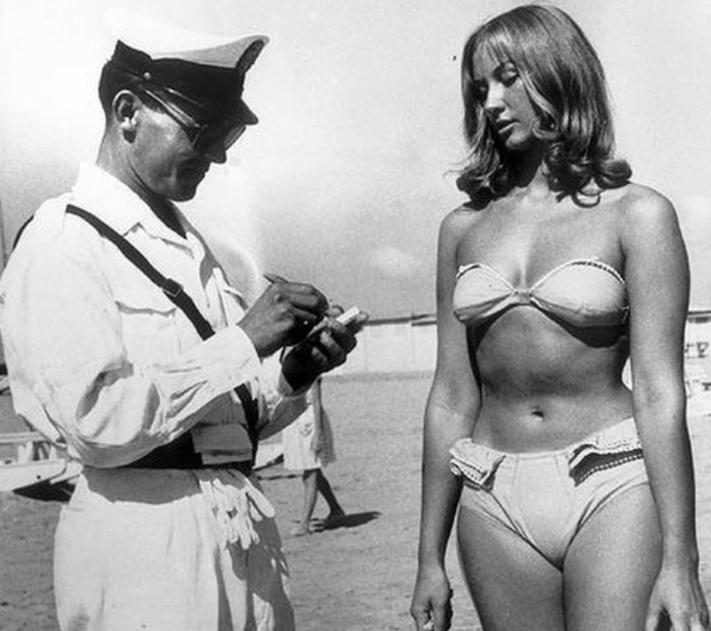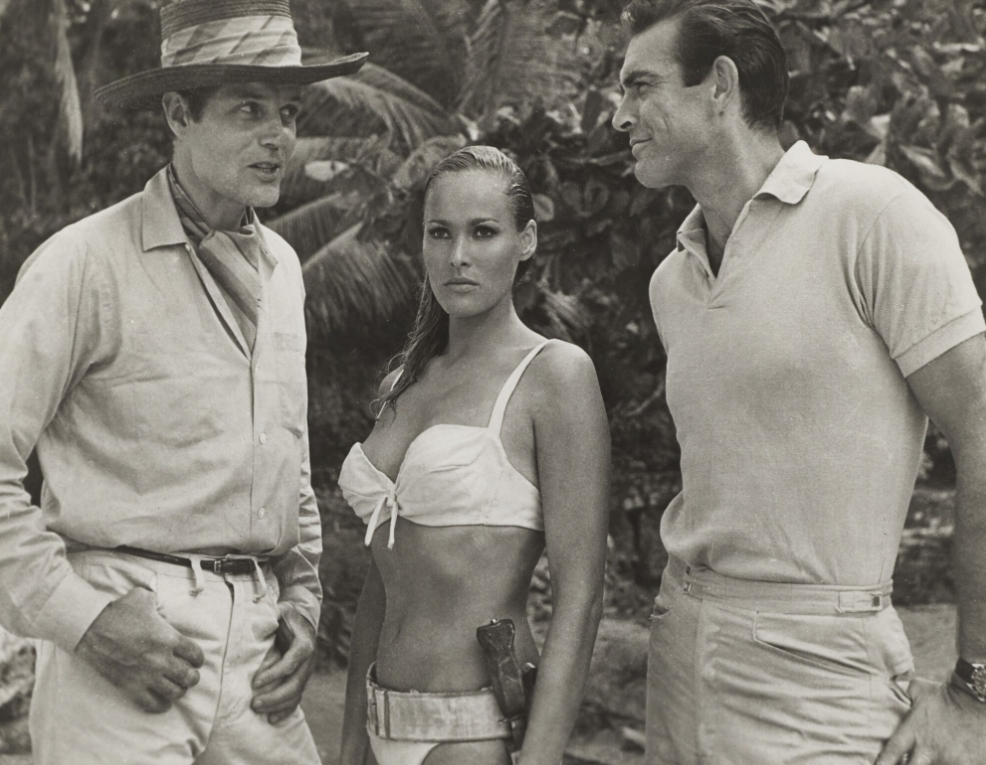The bikini, a seemingly simple garment, ignited a global controversy upon its introduction, facing bans and condemnation from religious leaders and governments alike. Invented in 1946 by French engineer Louis Réard, the two-piece swimsuit was considered scandalous for exposing the navel and more skin than was deemed appropriate at the time. Named after the U.S. nuclear tests at Bikini Atoll, the bikini was intended to make an explosive impact, and Réard anticipated it would challenge societal norms. Despite early restrictions in the U.S. and Europe, and even Pope Pius XII condemning it as sinful, women continued to embrace the bikini, gradually rewriting societal standards of modesty with each appearance.

At the beginning of the 20th century, swimwear was vastly different from what we see today. It consisted of bulky, full-body wool garments designed to prioritize coverage over fashion. Strict dress codes were enforced on beaches, with tailors ensuring swimsuits were not too revealing. Public arrests for “indecent” exposure were not uncommon, reflecting society’s emphasis on modesty. A major turning point occurred in 1907 when Australian swimmer Annette Kellerman wore a revolutionary one-piece suit that exposed her arms, legs, and neck. Although there is debate over her arrest for this attire, her bold move captured attention and helped shift public attitudes, eventually leading to the creation of her own popular swimwear line.

The 1920s saw further evolution, with the flapper style inspiring rebellion against traditional swimwear. In California, the “skirts be hanged girls” pushed for swimsuits that allowed greater freedom of movement and revealed more skin, although still modest by modern standards. However, it was the arrival of the bikini in 1946 that truly revolutionized swimwear. Initially, the bikini faced intense backlash and was banned in many areas due to its perceived indecency. The tension of the era is evident in a famous 1957 photograph from Italy, which, though often misattributed, illustrates the societal discomfort with bikinis and the consequences women faced for wearing them.

The 1960s marked a major turning point in the bikini’s popularity, fueled by changing cultural norms and the influence of Hollywood icons. Despite restrictions like the Hays Code, which prohibited showing the navel, and the National Legion of Decency’s disapproval, actresses such as Marilyn Monroe, Ursula Andress, and Brigitte Bardot helped redefine beauty standards by embracing bikinis. Bardot’s appearance in The Girl in the Bikini (1958) and Andress’s iconic white bikini in Dr. No (1962) made the bikini a symbol of bold femininity. By the 1970s, the bikini was widespread, and more revealing styles began to emerge, signifying a break from early 20th-century modesty.

Today, swimwear has evolved beyond the constraints of societal expectations, with a diverse market that caters to individual preferences. From modest one-pieces to daring bikinis, the focus is now on comfort, body positivity, and self-expression. The once-contentious debate over what is “decent” swimwear has largely disappeared, and the acceptance of various styles reflects a more inclusive society. As views on modesty continue to evolve, people can now freely express themselves through their swimwear choices, embracing diversity and personal confidence at the beach or pool.
